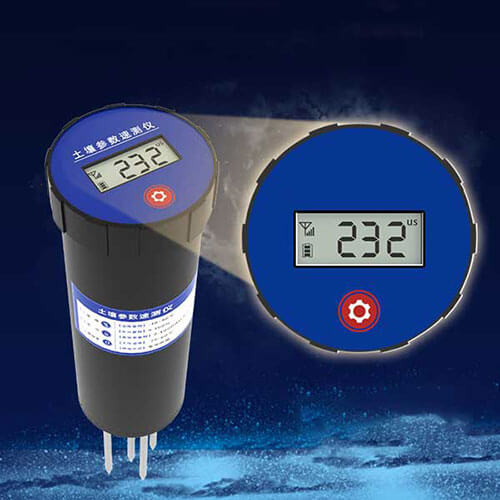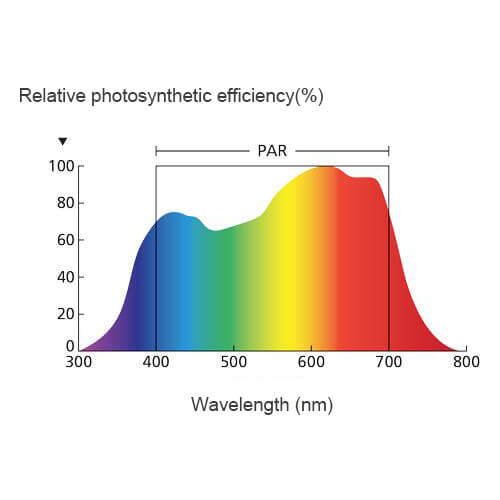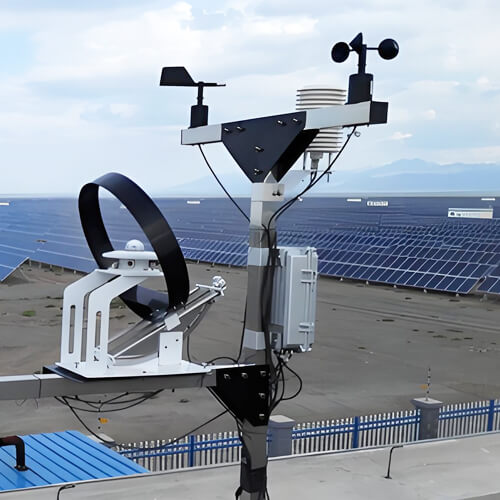The digital soil tester emits electromagnetic waves of a certain frequency through the built-in sensor. The electromagnetic waves are transmitted along with the probe and return after reaching the bottom to detect the voltage output by the probe. Because the change of soil dielectric constant usually depends on the moisture content of the soil, it is determined by the output voltage and moisture. The relationship can calculate the soil moisture content.
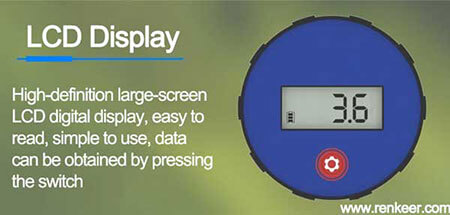
Features of digital soil tester:
1.Hand-held shape design, small size, lightweight, convenient for users to carry.
2.The steel needle probe is made of stainless steel, which has good corrosion resistance and toughness.
3.It is powered by a built-in battery, with an LCD digital display on the top, and the interface parameters are displayed.
4.The four-head probe plug-in detection method is adopted to ensure the accuracy of the measurement results and stable performance.
5.Low threshold, few steps, fast measurement, no reagents, unlimited detection times.
The digital soil tester can not only monitor the soil water content in real-time and quickly, but also can quickly monitor the soil moisture such as soil temperature, electrical conductivity, pH value, and the content of nitrogen, phosphorus, and potassium, which can provide accurate data support for agriculture and forestry production.
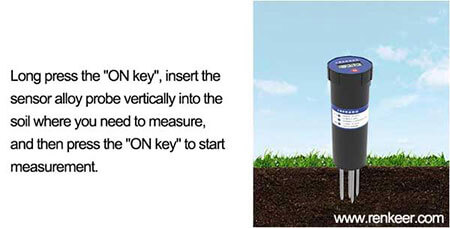
If the device is a multi-element monitoring integrated type, the test result will display the test results of each element on the LCD for 3 seconds, and then display 3 times in a loop; if it is a single-element model, the test result will be displayed after 10 seconds. Screen. If the button is pressed again during the display process, the detection will be performed for two seconds and the display will cycle again.
In order to improve the accuracy of the test results, when monitoring the soil moisture in the same place, a method of taking multiple measuring points, continuous monitoring, and taking the average value should be adopted.
By using the soil rapid tester, you can understand the content and changes of various elements in the soil in time, so as to formulate a suitable fertilization plan. The most effective crop output meets the requirements of modern agriculture.

